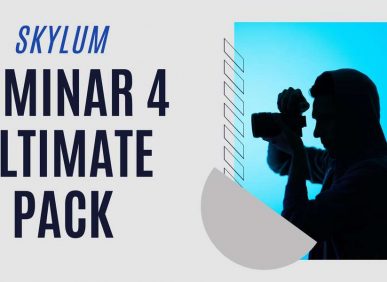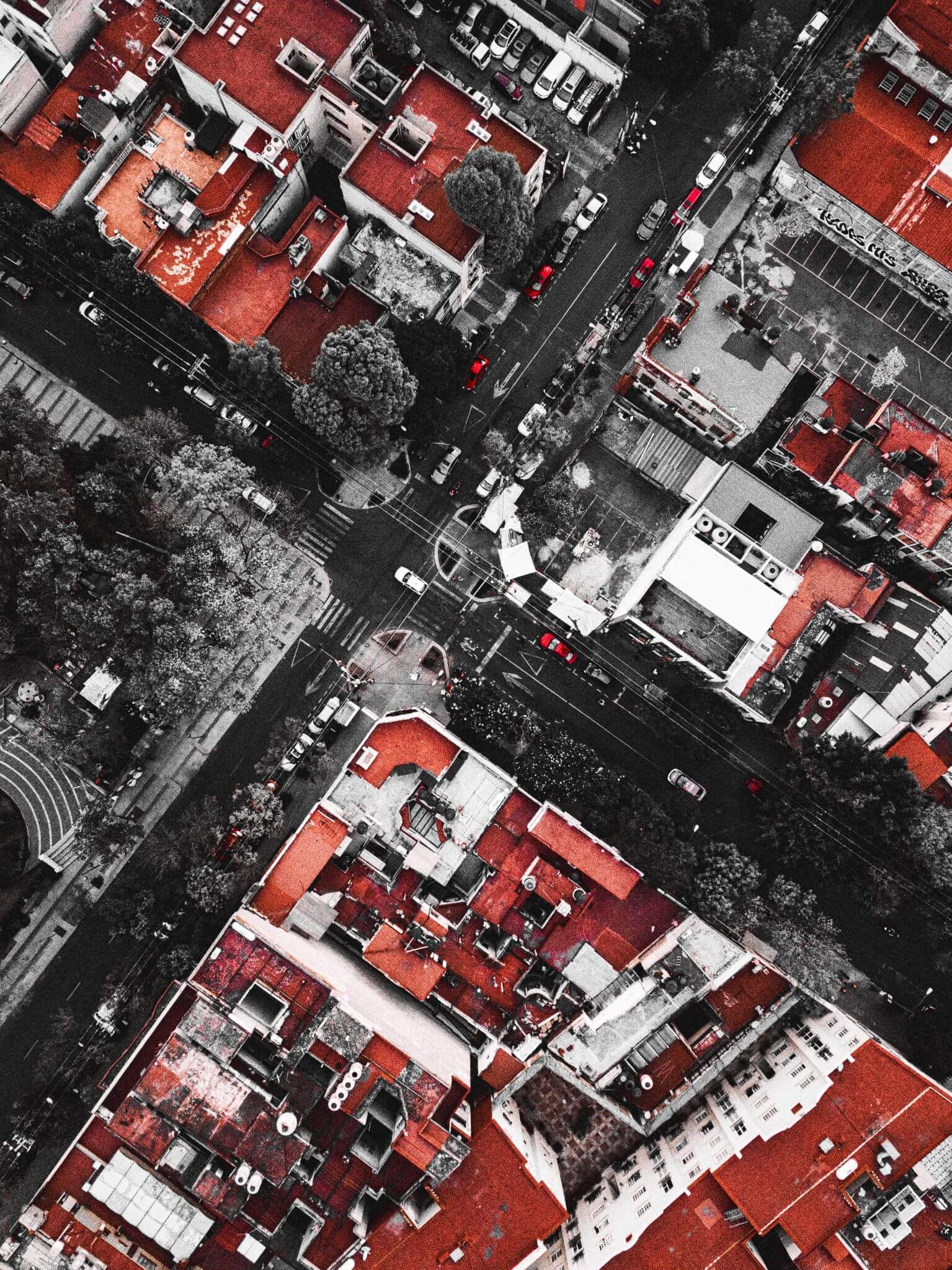This question is often asked by beginners, but also by proficient photographers as the learning process does never end. If we compare Lightroom Presets with Luminar Presets, the first aspect we need to consider is the software environment.
Adobe Lightroom – in either its current Lightroom CC and Lightroom Classic CC – are part of the Adobe product family and considered as part of the top-trier in the photo editing industry. With acknowledged efficiency, Lightroom is one of the easiest photo editing software to learn these days, with easy-to-apply effects as presets provided by the software suite and plenty option by third-party suppliers, but also giving freedom to use its native tools to develop a photograph. However, Lightroom does have its limitations.
We should start to point up the fact that Adobe Lightroom is meant to be used in a fluid workflow with its bigger brother, Adobe Photoshop. Why is this? Because Photoshop is capable of handling more complex edits for portrait photography (by using custom brush shapes for example), it can photo merge elements into your composition, you can play with plenty of effects as Overlays, and is the leading industry software in photo manipulation effects. Whereas Lightroom is quite intuitive to be learned, Photoshop is not, and it will require a good quantity of hours to surf through its learning curve.
The second aspect to consider is the version being used in Lightroom, as given the latest releases by Adobe, they differ in functionality (being Lightroom CC meant for causal photo editing with enhanced web/social media sharing tools, whereas Lightroom Classic CC is targetted to the photo artist who wants a more complex environment). Lightroom CC isn’t capable to work with third-party brushes – not even the ones you created in previous LR releases – so, for the portrait artist, that’s a huge drawback. Brushes can prove to be immensely useful for landscape photography, clearly setting the difference between a quick edit and a custom-made artwork.
Skylum Luminar is a revolutionary software that’s building a huge audience in the photography community. Featuring a “cleaner” interface, Luminar can not only be used to apply quick effects but also mind-blowing edits, given its native tools, and the best part is that you can quickly automate that kind of editing workflow by using Luminar Looks.
One huge advantage is that Luminar is not a subscription-based software as Lightroom is, meaning that you can continue to use not only the software but the purchased third-party tools for it anytime you want, it’s a perpetual license (just like older Lightroom versions). Without the subscription license, Lightroom will automatically lock down its tools, only allowing to do minor tweaks to the already edited photos stored on its catalog.




































